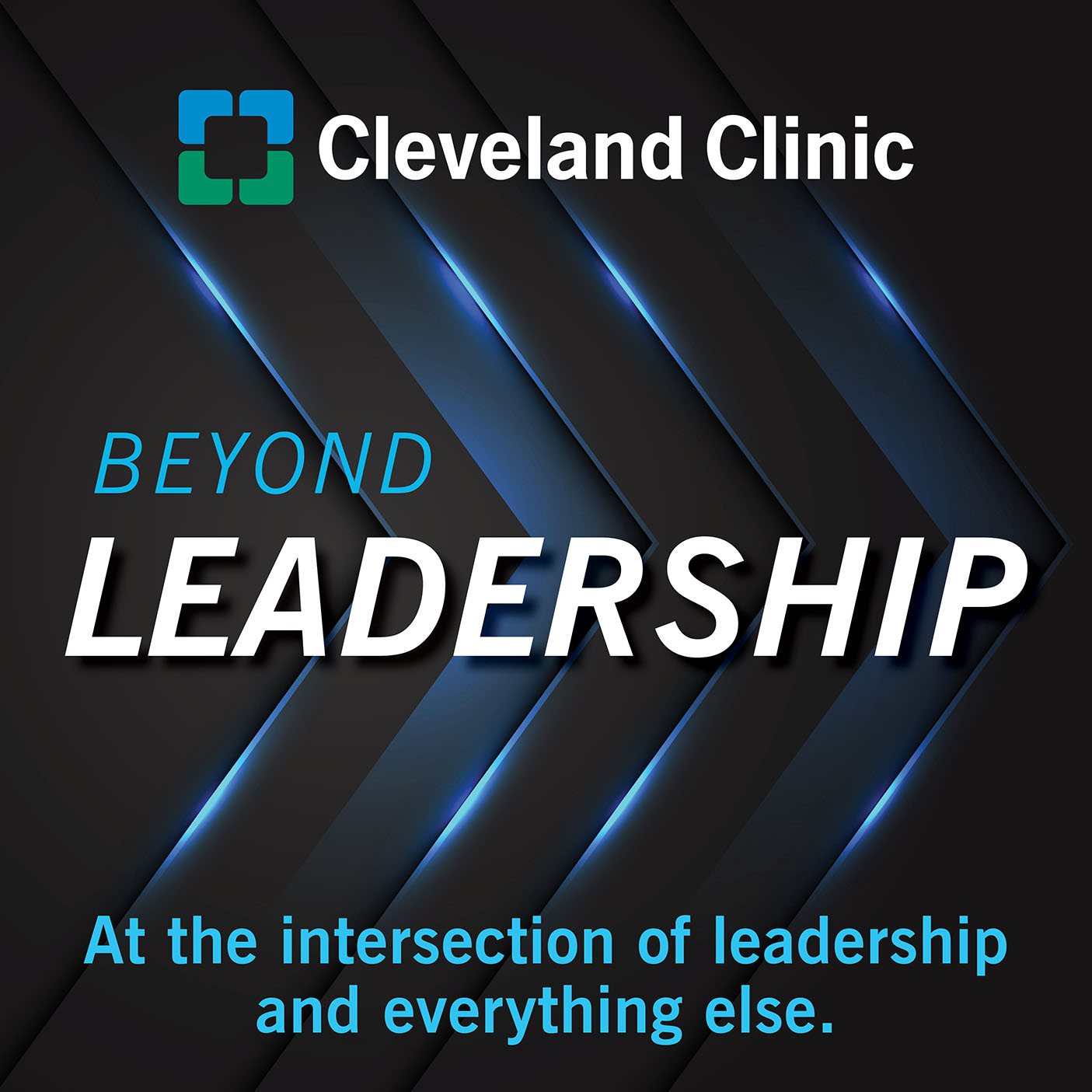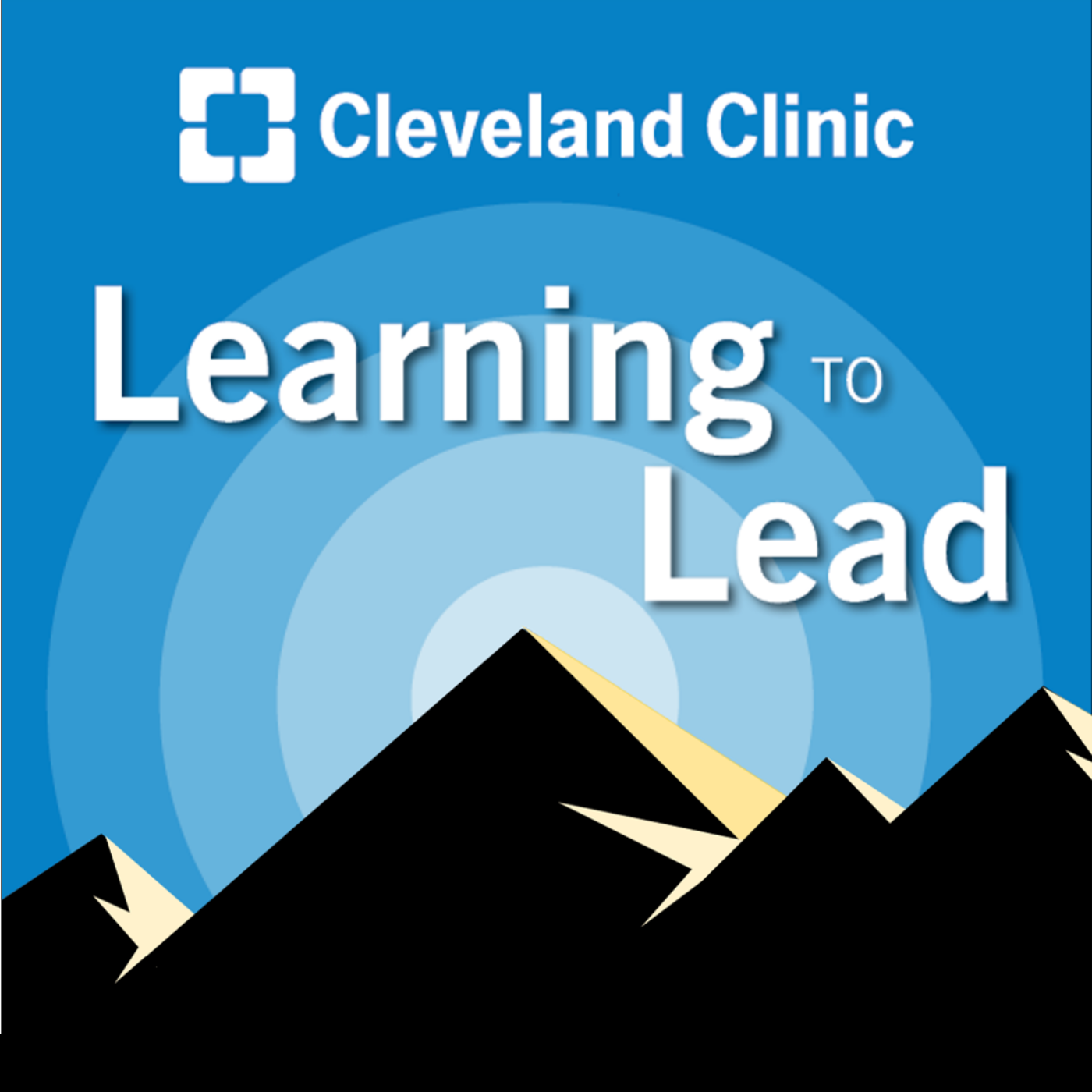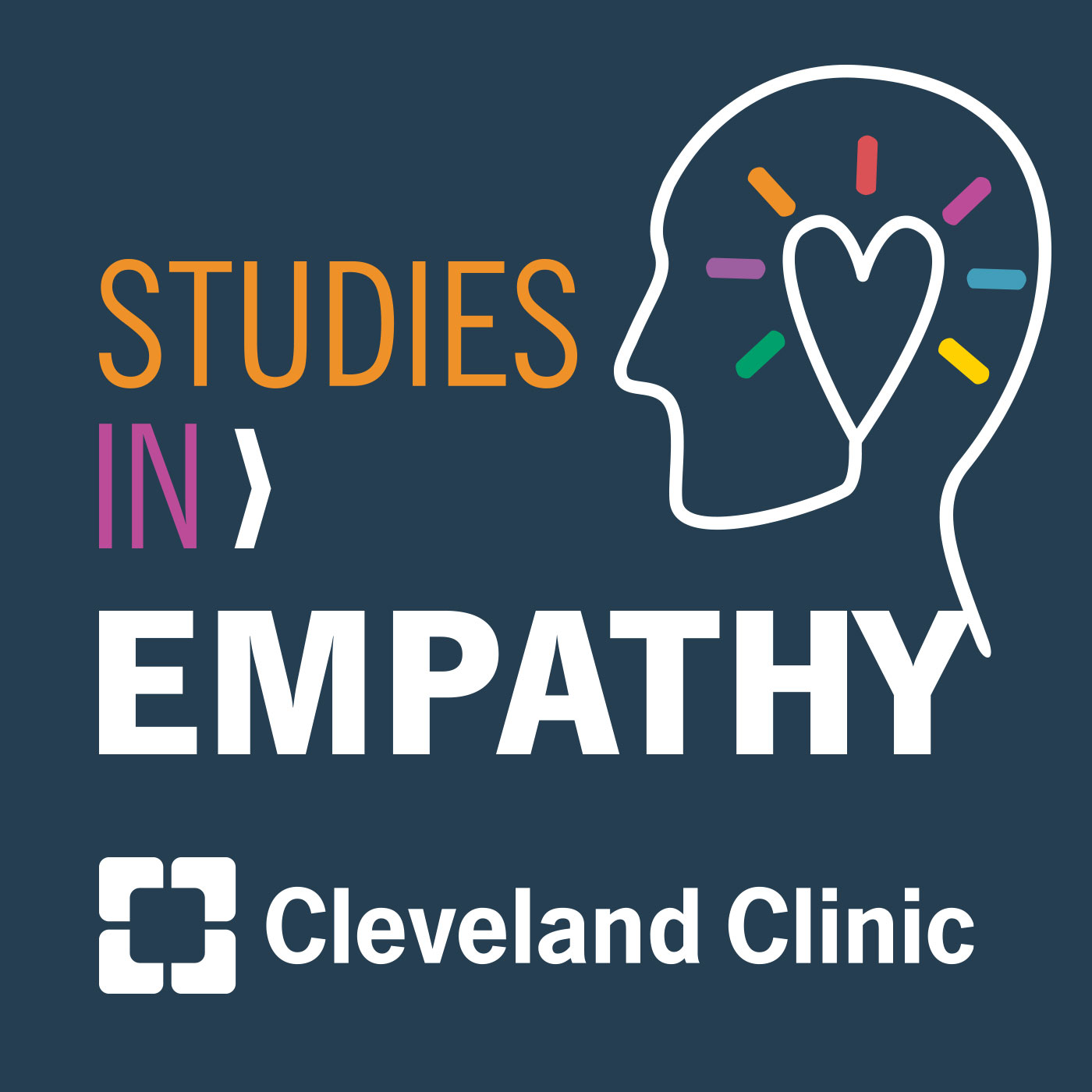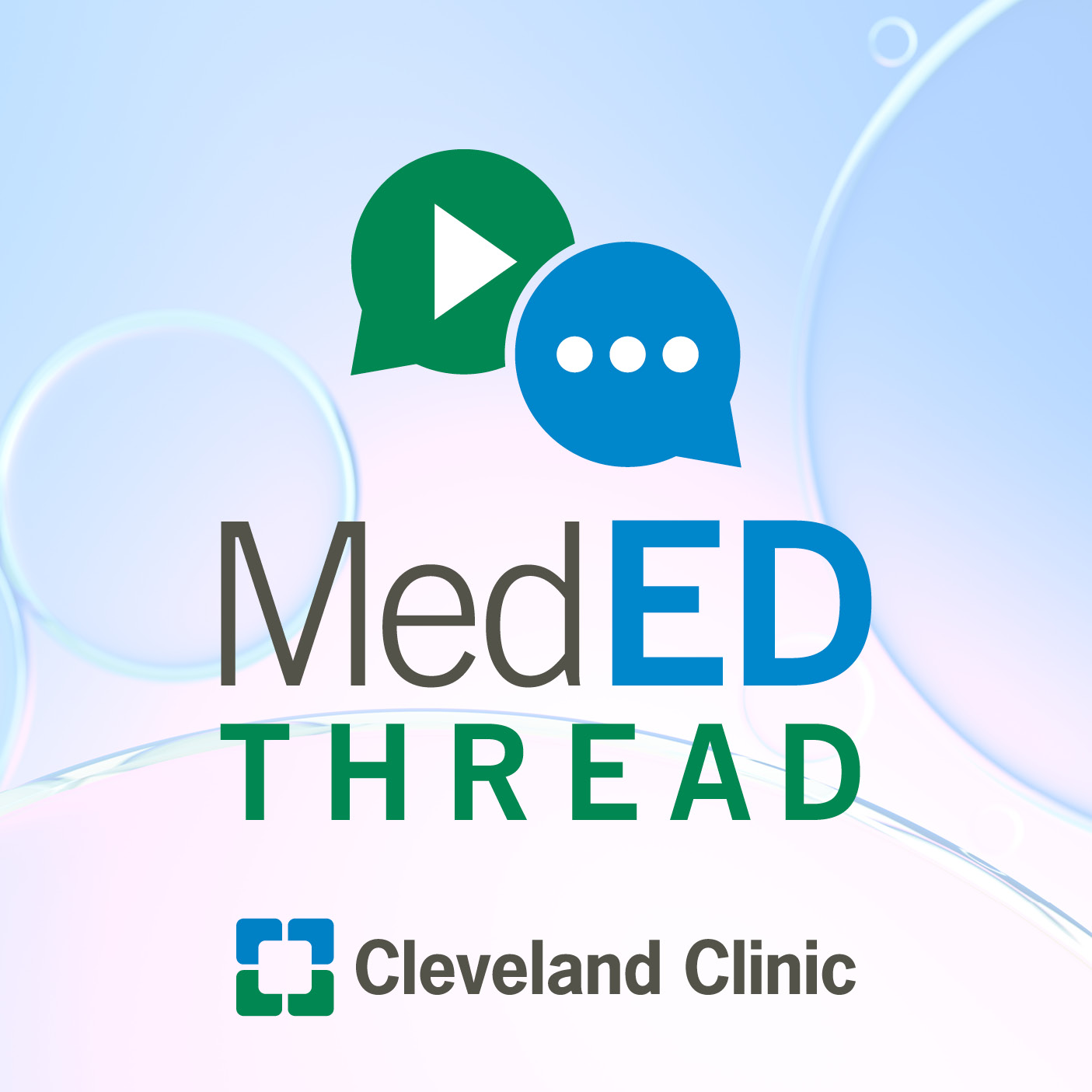
MedEd Thread
Subscribe:
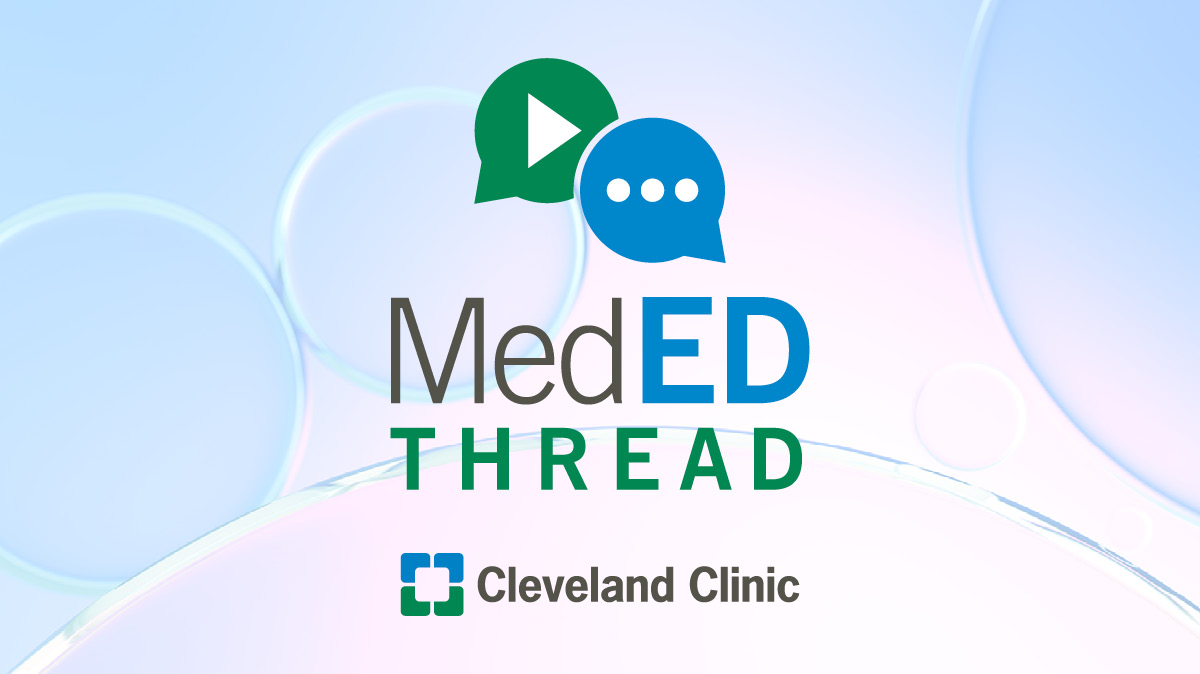
Featured Episode
Recognizing and Countering Anti-Fat Bias in Healthcare
In this episode of MedEd Thread, we talk with Dr. Alison Reiheld, Professor of Philosophy and medical ethicist at Southern Illinois University, Edwardsville, about how anti-fat bias impacts patient care and clinical decision-making. Dr. Reiheld shares why assumptions about body size can lead to delayed treatment, missed diagnoses and diminished trust—and offers strategies to counter these biases through patient-centered communication and systemic change. They discuss why conditioning care on weight loss is ethically problematic, how common scripts perpetuate stereotypes and what clinicians can do to ensure fat patients receive care in the bodies they have. Tune in for a thought-provoking conversation that challenges assumptions and highlights steps toward more equitable healthcare.
Play NowAll MedEd Thread Episodes
December 10, 2025
Strategies for a Smooth Transition to Medical School
In this episode of MedEd Thread, we talk with Dr. Ashley Reed, Assistant Director of Curriculum Services at the University of Michigan Medical School, about strategies that help students navigate the critical transition to medical school. Dr. Reed shares how her program leverages learning science, evidence-based study techniques, and even generative AI to empower students, normalize challenges, and foster resilience. We discuss why structured support matters, how peer collaboration and reflective frameworks can boost confidence, and why these efforts are essential for long-term success in medical education. Tune in to learn how intentional programming can transform the way students adapt and thrive during one of the most demanding phases of their training.
Play NowNovember 26, 2025
The Power of a Gap Year: Preparing Future Physicians Through Hands-On Experience
In this episode of MedEd Thread, we talk with Max Regester, a recent graduate who credits the gap year experience for his success in medical school and beyond and his mentor Dr. Anthony Griess, founder of a structured clinical gap year program. They share why gap years are gaining traction, how immersive programs provide patient care, research opportunities, and mentorship, and why these experiences can reduce burnout and boost readiness for medical training. Tune in to learn how a well-designed gap year can transform career trajectories and challenge the stigma surrounding time away from school.
Play NowNovember 12, 2025
Teachers Teaching Teachers: Building Educator Competency in Pediatric Hospital Medicine
In this episode of MedEd Thread, we talk with Dr. Melissa Morse, Pediatric Clerkship Director and Assistant Professor at Cleveland Clinic's Lerner College of Medicine of Case Western Reserve University, along with Dr. Dana Foradori Director of Cleveland Clinic's Pediatric Hospital Medicine Fellowship and Associate Professor at Cleveland Clinic's Lerner College of Medicine of Case Western Reserve to explore how Cleveland Clinic’s pediatric hospital medicine teams are advancing faculty development through a structured educator competency series. Tune in to learn how their initiative fosters psychological safety, flattens hierarchies and equips clinicians at all levels to become better teachers — ultimately enhancing learning across interdisciplinary teams in fast-paced clinical environments.
Play NowOctober 29, 2025
Bridging the Curriculum Gap
In this episode of MedEd Thread, we talk with Dr. Marissa Zhu, Director of Assessment at Wayne State University School of Medicine, to discuss the evolving challenges of preparing medical students for the USMLE Step 1 exam. With pass rates declining since the shift to pass/fail scoring, Dr. Zhu shares insights into how AI-powered tools like Stepwise can help bridge the gap between faculty-authored resources and third-party study materials. Tune in to learn how thoughtful integration of technology and human validation can improve educational outcomes and restore student confidence in formal medical curricula.
Play Now